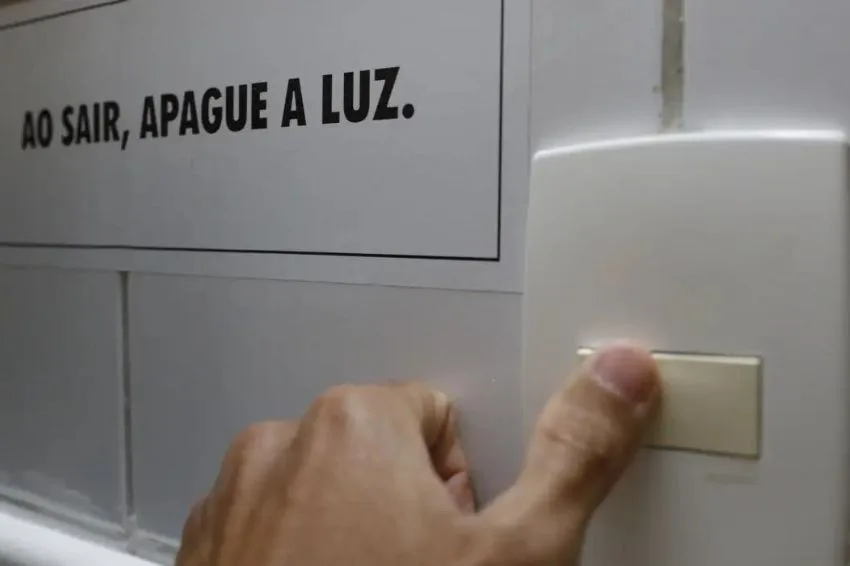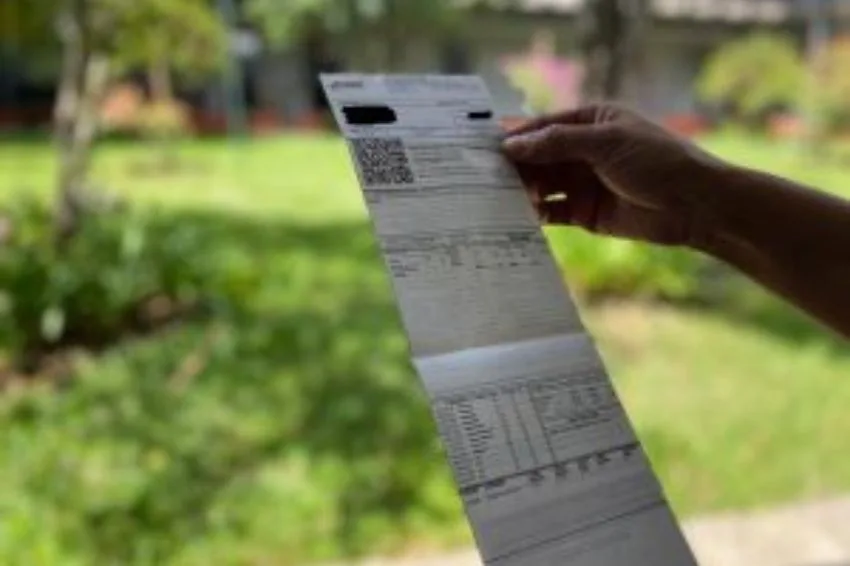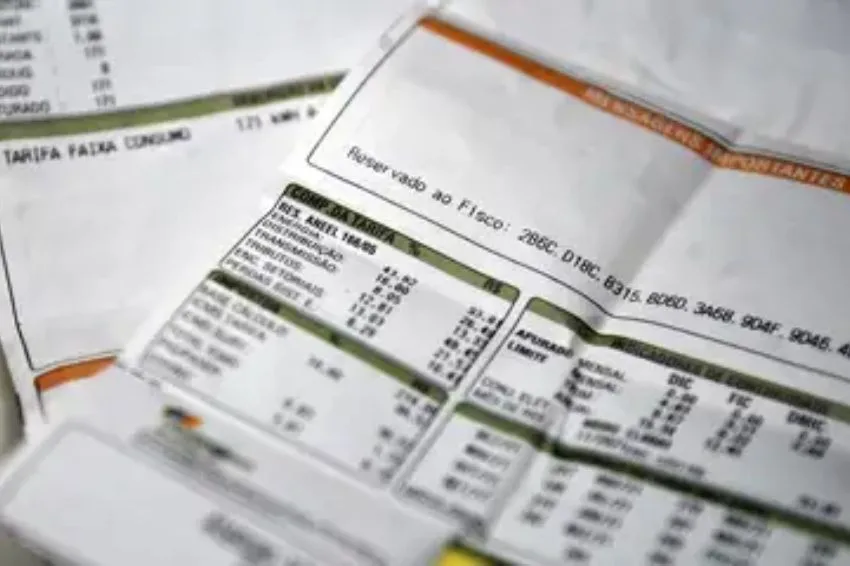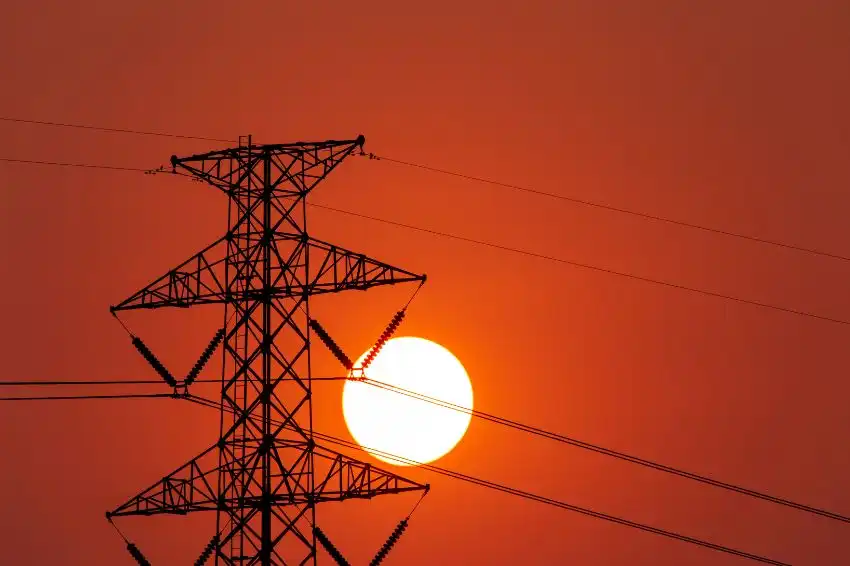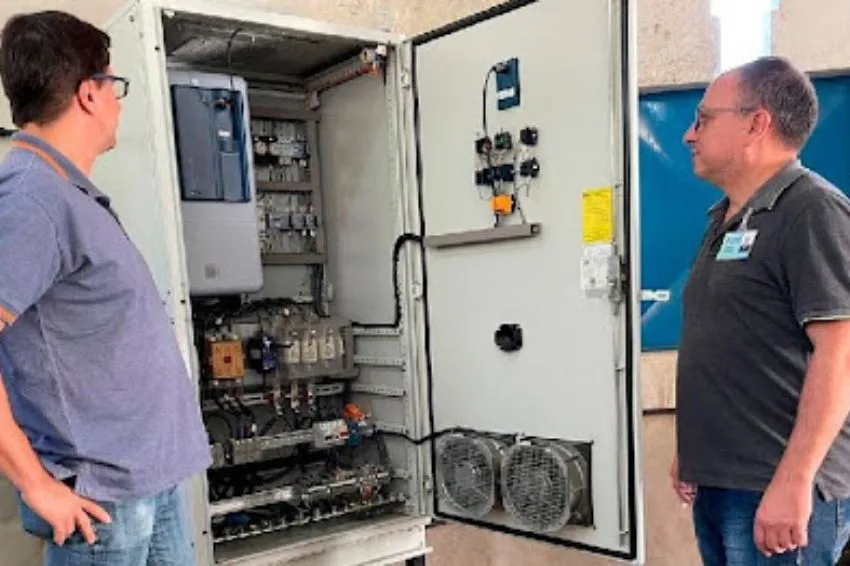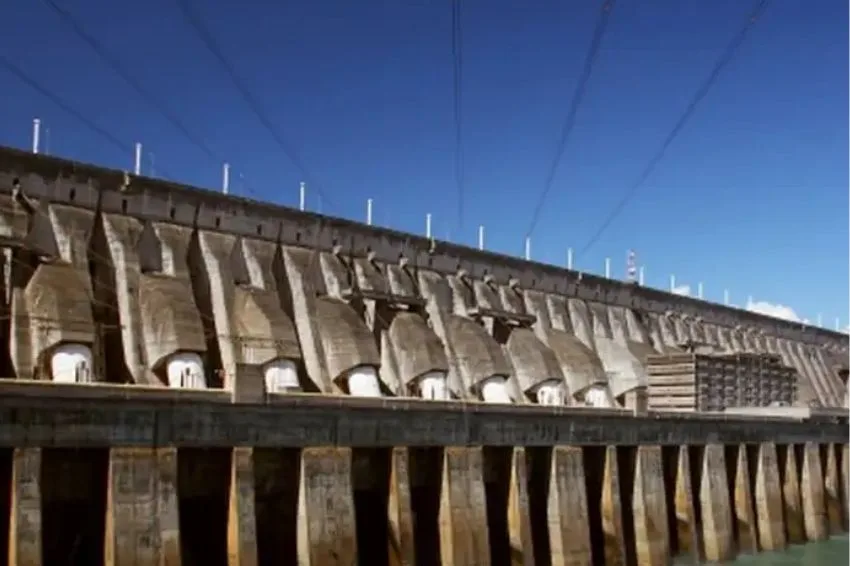A ANEEL (National Electric Energy Agency) approved, this Tuesday (05), the reduction of reference values for tariff flags for the 2023/2024 cycle.
A greater reduction approved went to yellow flag: in almost 37%, going from the current R$29.89/MWh to R$18.85/MWh.
Now for the red flag, on level 1, The reduction was 31.3%: from R$65/MWh to R$44.63/MWh. At level 2, the value goes from R$ 97.95 MWh to R$78.77/MWh (one reduction of almost 20%).
To the approved reductions by the Agency's board occur due to to the favorable hydrological scenario, The large supply of renewable energy in the country It is to the reliefs verified in the price of fossil fuels in the international market.
Since April 2022, the tariff flag in force in the country remains green (at no additional cost to the consumer). The expectation is that it will remain this way until the end of the year, according to ANEEL.

Tariff flags
Created by ANEEL in 2015, the tariff flag is a mechanism that applies a additional charge on electricity bills of consumers whenever there is an increase in the cost of energy production in the country.
The objective is to make the increase pay for more intense use, for example, of activating thermoelectric plants.
O Operation is simple: The colors green, yellow, red (at levels 1 and 2) and water scarcity indicate whether the electricity bill will cost more or less due to generation conditions.
Water crisis
In 2021, for example, the Brazil went through the biggest water crisis in its history because of the drought that hit the country's main reservoirs, especially in the Southeast and Central-West regions, which account for more than 70% of national hydropower generation.
Without water in the reservoirs, the Federal Government needed to take measures to avoid the need for rationing, such as purchasing energy from neighboring countries and activating thermal plants.
O The result of this was a dramatic increase in the value of consumers' electricity bills through the creation and activation of the most expensive tariff flag of all: water scarcity.
All content on Canal Solar is protected by copyright law, and partial or total reproduction of this site in any medium is expressly prohibited. If you are interested in collaborating or reusing some of our material, we ask that you contact us via email: [email protected].




